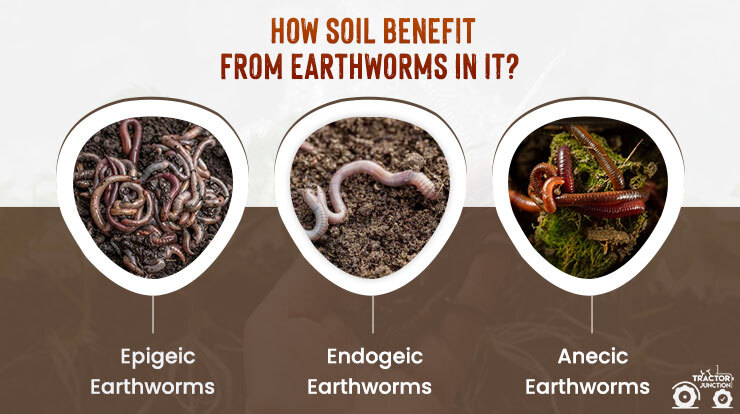The Best Guide To North Carolina Worms
The Best Guide To North Carolina Worms
Blog Article
The Best Strategy To Use For North Carolina Worms
Table of ContentsMore About North Carolina WormsWhat Does North Carolina Worms Do?The Main Principles Of North Carolina Worms The Facts About North Carolina Worms Uncovered
Example: 1-gallon of worm castings to 4 gallons of potting mix. 1/2 mug in the base of the planting hole for smaller plants. 1 mug for larger plants.
The addition of tea can additionally add boosted microbial biomass to your dirt. You can always side-dress your plants with worm spreadings at any type of time. Just bear in mind, the bacteria will certainly die if revealed to UV rays (Sun), so make certain to cover the castings with an inch approximately of soil.
This frustrated them for many years until the testing techniques progressed. They located that plant growth and wellness exhibited a Normal curve. It would improve(with more spreadings), level off, and afterwards decrease. They were baffled. They lastly uncovered that excess plant-growth hormones were the culprit. A lot of worm castings would certainly accelerate the growth to a rate that the plant could not recoup from.
The North Carolina Worms PDFs
I have clarified the virtues of worm castings for about 2000 words. Worm spreadings are no various. It takes time to create top quality worm spreadings.
Worm spreadings definitely cost more than chemical fertilizers. Worm castings are on the more affordable end of natural fertilizers. (50 gallons per year) It is a much harder and very pricey investment to generate big quantities of worm castings.

Producing a healthy and balanced soil might be the greatest advantage of worm castings. We discussed worm spreadings NPK and also the appropriate nutrient analysis that must apply to worm spreadings.
Unknown Facts About North Carolina Worms
We spoke concerning some of the negative aspects associated with worm castings. I covered a whole lot of product in this short article. There are a whole lot of links (interior and exterior). If you would like more info on a certain subject, please click via the web links to find out much more. As always, do not hesitate to comment or ask inquiries.
The upright burrows are generally open, although the worms top the leading with deposit and waste matter. Origins require oxygen for their development, whereas they create carbon dioxide that requires to leave the dirt.
Earthworms raise porosity by 2 devices: (1) by creating long-term burrows, and (2) by improving soil aggregation. Aggregation is enhanced by the blending of dirt and natural issue in the earthworms' guts. Lake James Bait. These highly secure accumulations are deposited by some earthworms in their burrows, and by others at the surface area of the soil


In an additional research, earthworms were approximated to consume 4 to 10 percent of the top 6 inches of the soil yearly. This only mosts likely to reveal the substantial amounts of soil that can be refined by earthworms. Dirt compaction reduces the porosity of the soil. Since earthworms boost porosity, they minimize the results of compaction.
The Facts About North Carolina Worms Revealed
Regular earthworm populations can conveniently eat 2 loads of dry issue per acre annually, partially digesting and blending it with dirt. The value of earthworms to mix surface area residue with dirt comes to be extremely clear in soils that do not have any kind of earthworms. Most of our Pennsylvania dirts have at least some earthworms, and the result of their complete lack, consequently, can not be noted.
(https://expansiondirectory.com/gosearch.php?q=http%3A%2F%2Fwww.northcarolinaworms.com%2F)In these dirts, the development of topsoil with practical natural matter content did not happen, causing bad crop growth. Once the cause was developed, the federal government of the Netherlands began a project to present earthworms. After the introduction of the earthworms, a dark topsoil layer was developed, and crop growth enhanced significantly.
They live mostly from partly disintegrated raw material that is already incorporated in the soil. They consume their means via the soil, producing horizontal burrows that they fill with their excrement. These varieties consume huge quantities of dirt that they combine with digested crop residue in their digestive tracts. or anecic types reside in long-term upright burrows that can be 5 or 6 feet deep.
These species ingest significant quantities of soil that they blend with digested residue in their digestive tracts. Their waste matter is primarily transferred at the surface of the dirt.
Report this page